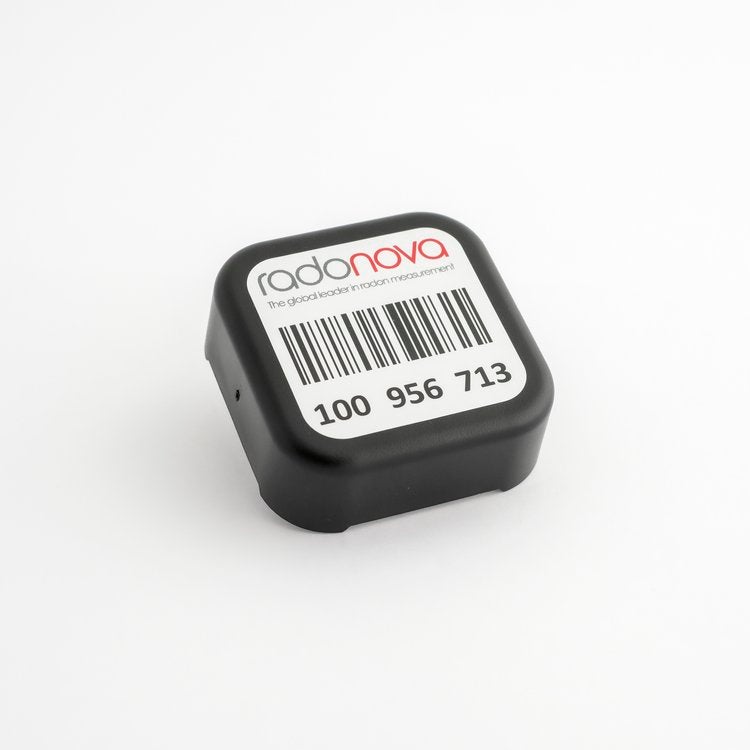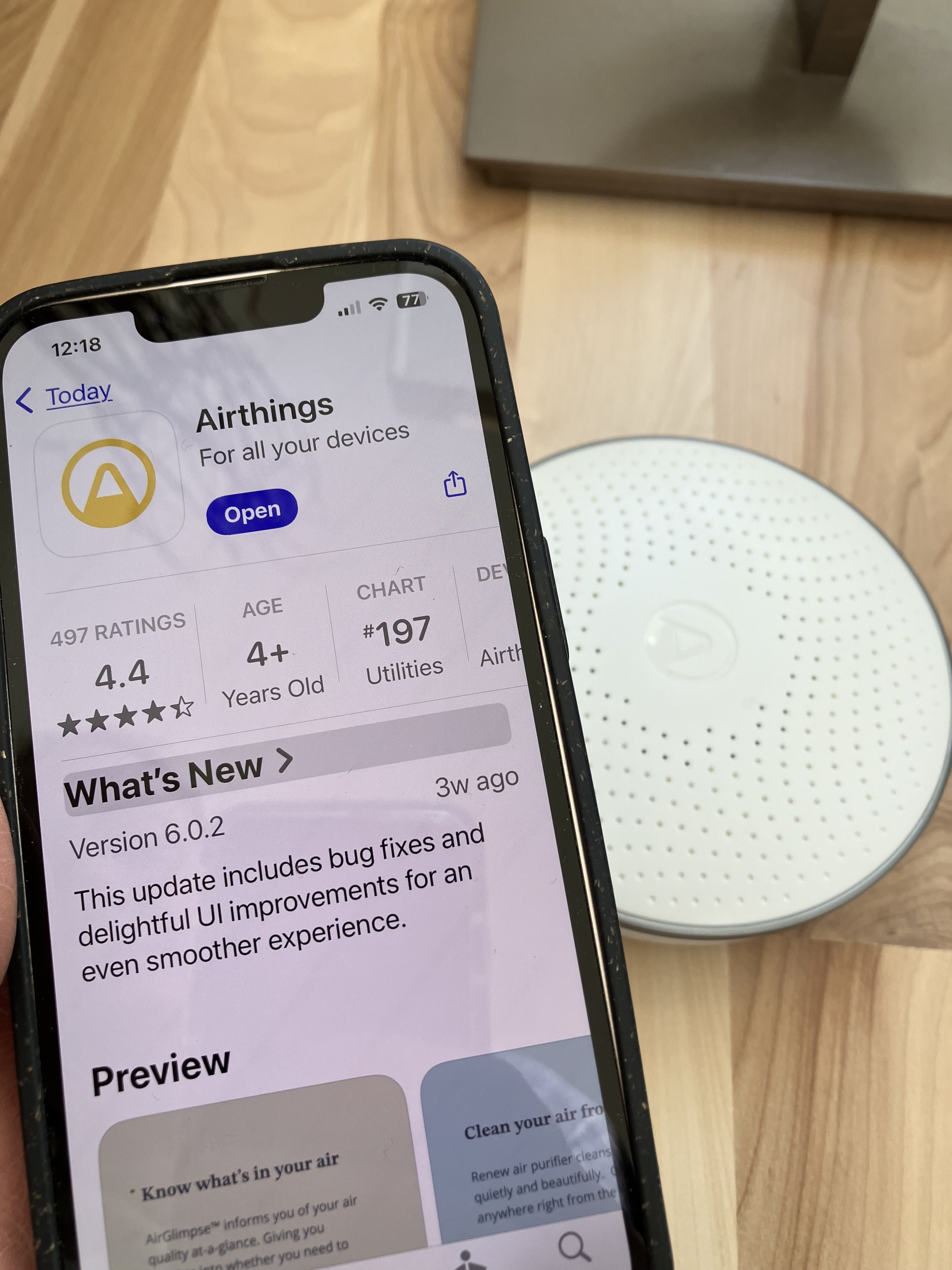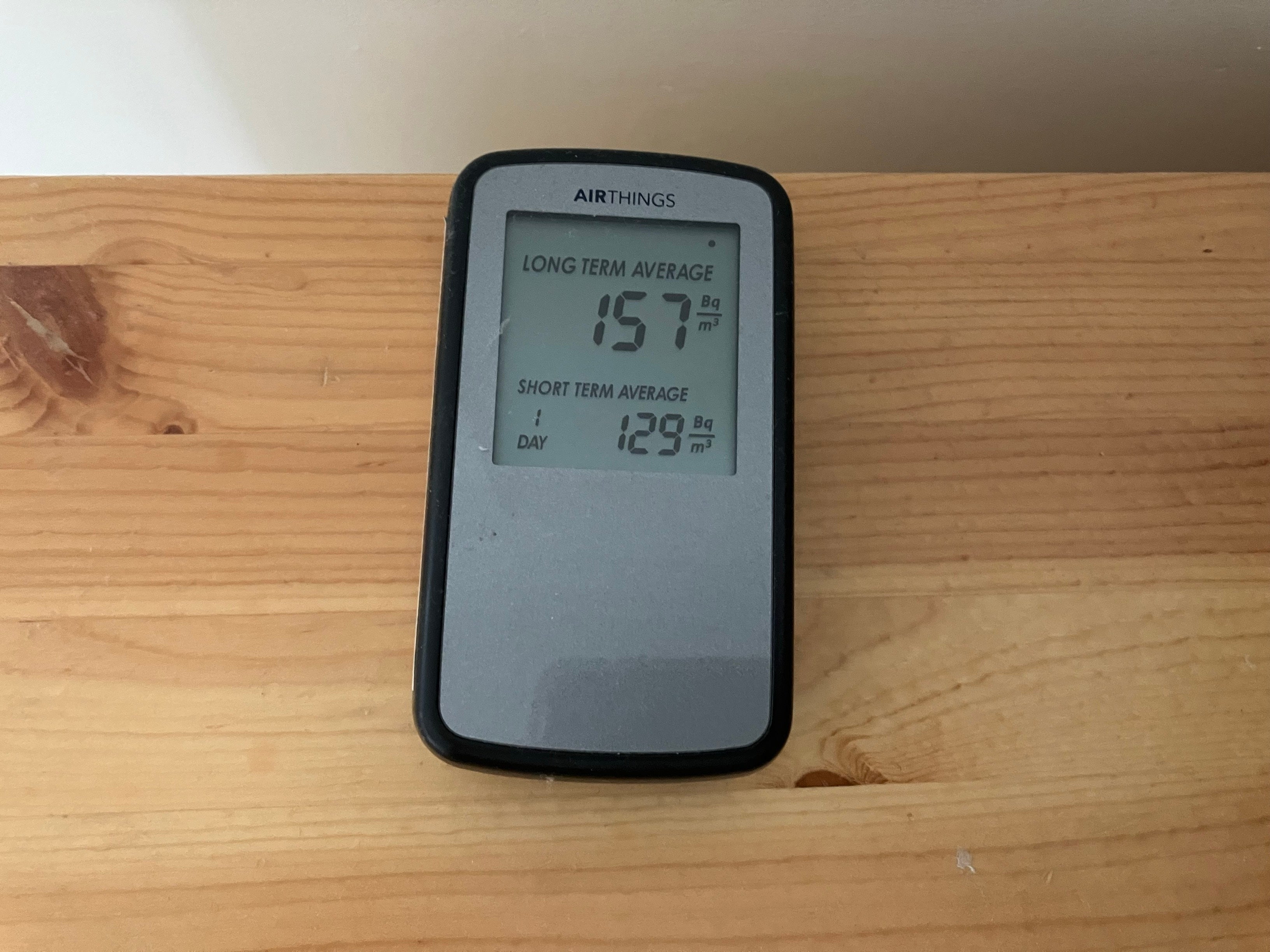How to get a radon detector or monitor to test your home
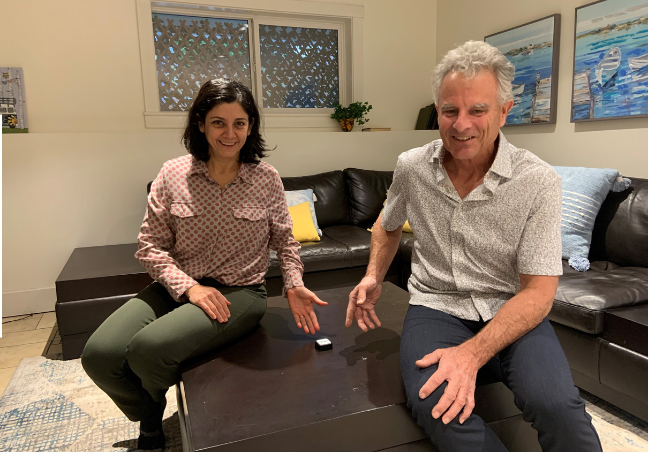

A new Canadian study shows that radon exposure is on the rise. The study, led by Dr. Aaron Goodarzi, a professor of biochemistry and molecular biology at the University of Calgary’s Cumming School of Medicine, found that almost one in five homes in Canada has radon levels above the Canadian radon guideline of 200 Becquerels per cubic metre (Bq/m³).
In the Interior of B.C., it’s one in three.
An important human health hazard
Radon is an invisible, odourless, colourless radioactive gas formed by the natural breakdown of uranium found in soil and rocks. It’s the leading cause of lung cancer in non-smokers, and the second leading cause of lung cancer, after smoking.
There is no area in Canada that’s radon-free, and the B.C. Interior is known to have higher levels of radon in part due to our geology and soil. No level of radon is considered completely risk-free or safe.
How do I know how much radon I have?
The only way to know how much radon is in your home is to test. Testing is simple:
- Get a radon detector or electronic monitor that’s been approved or reviewed by a professional Canadian organization such as the Canadian Association of Radon Scientists and Technologists (CARST).
- Place it in the lowest level of your home where you spend on average four or more hours per day.
- Leave detector or monitor in the same spot for the entire test period, at least 91 days for your long-term detector, or the duration of the monitor test (for example the 4-week library loan period).
- Test during the winter (November to March). In the colder months, we tend to keep our windows closed and the heat on. This creates a “stack” effect which draws more radon out of the ground in the winter than in the warmer months. (Note, however, radon levels can also be affected higher or lower, by our heating, ventilation and air conditioning systems.)
Radon detectors vs. radon monitors
When it comes to radon testing, you have a couple of options: alpha track detectors or electronic monitors.
- A detector is relatively inexpensive and is very easy to deploy. You simply open the package and let the detector sit in your home for 91 days or longer. After 91 days, you can mail the detector to the lab for analysis (most of which are in the U.S.).
- You can buy a continuous electronic monitor from retailers or online, but always check the product against a credible source such as C-NRPP or NRPP. These monitors operate on batteries or plug in. While they are more expensive, you get continuous readings 24/7 in real time on a display or via a mobile app.
|
Alpha track detectors for long-term measurement are sold by the BC Lung Foundation, and are the most commonly used technique for radon measurement. (Photo credit: BC Lung Foundation) |
Continuous electronic monitors can be more expensive but don’t require lab analysis. Some provide apps so you can access your readings in real time. |
Where to buy an alpha track radon detector test kit or electronic monitor
We recommend these options if you’re interested in an alpha track radon detector.
- Order a long-term detector test kit from BC Lung Foundation. The Radtrak3 Alpha Track Detector is sold for $49.99 and includes shipping to your door and lab analysis. Note that you’ll need to pay the letter envelope postage to send the detector to the lab. Results are usually available a few days after the lab receives your detector.
- Order a long-term do-it-yourself radon test kit from one of the Canadian Association of Radon Scientists and Technologists (CARST) list of recommended do-it-yourself radon test kit suppliers, or Take Action on Radon’s list of companies. Prices vary.
- Order a long-term radon test kit from Evict Radon and participate in their national study.
- If you’d like to buy an electronic monitor, consult this comparison report published by the Canadian National Radon Proficiency Program (C-NRPP) to find a monitor that has passed the C-NRPP’s performance test.
Use caution when purchasing a detector elsewhere: some kits require an additional lab analysis fee (in U.S. dollars) and can take many months for a result.
How to get a free radon detector or monitor
Free radon devices are available for one-time use or on loan in select areas in the Interior.
- These municipalities are participating in the 2024 Take Action on Radon 100 Test Kit Challenge:
- Kaslo
- Nakusp
- Oliver
- Regional District Central Okanagan (Registration and waitlist are now full)
- Rock Creek / Midway
- Rossland
To participate, homeowners must complete a sign-up form, and be able to pick up and drop off their detector in person. Detectors are available first come, first serve until supplies run out.
- Free loaner electronic monitors are available through BC Lung’s Radon Detector Library Lending Program through the Okanagan, Kootenay and Thompson-Nicola Regional Library networks. You can borrow a monitor for free for up to four weeks.
Free loaner electronic monitors like this one are available through BC Lung’s Radon Detector Library Lending Program through the Okanagan, Kootenay and Thompson-Nicola Regional Library networks.
In our next article, we’ll talk about how you can lower your radon levels in your home.
Check out other stories like this
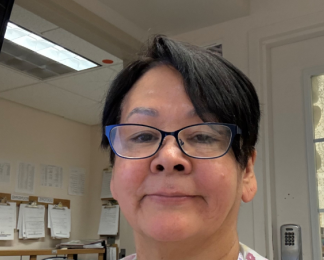

Thirty-five years into her career with IH, Elizabeth Adolph still loves what she does: taking care of residents at Mountain View Lodge in Lillooet.
/stories/we-are-ih-care-aide-proud-residents-consider-her-friend
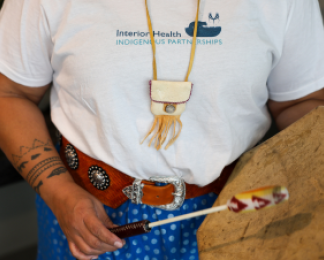

In the 5 years since the In Plain Sight report was released, we’ve made strides towards being a culturally safe organization—but there’s more work to do.
/stories/ihs-fifth-plain-sight-response-supports-reconciliation


Inspired by her aunt’s career as a pharmacist, Angela became a pharmacy technician to use the hands-on aspect of compounding to benefit patient care.
/stories/we-are-ih-pharmacy-tech-enjoys-problem-solving-patients


Souper Meals brings students together once a week over locally made soup, fresh fruit, veggies and buns, all free of charge.
/stories/more-soup-benefits-universal-school-lunch-program


With decades of experience rooted in compassion and commitment to children’s health, Dr. Jeff Wong is carving a path for pediatric care at Kelowna Hospital.
/stories/dr-jeff-wong-leads-kelowna-pediatric-department-forward


The holidays season offers opportunities to drink alcohol, and it can be easy to overindulge. Get tips on how you can drink less - and live more.
/stories/holiday-spirit-tips-drinking-moderation-season
STAY CONNECTED
Receive news, alerts, public service announcements and articles right to your inbox.


